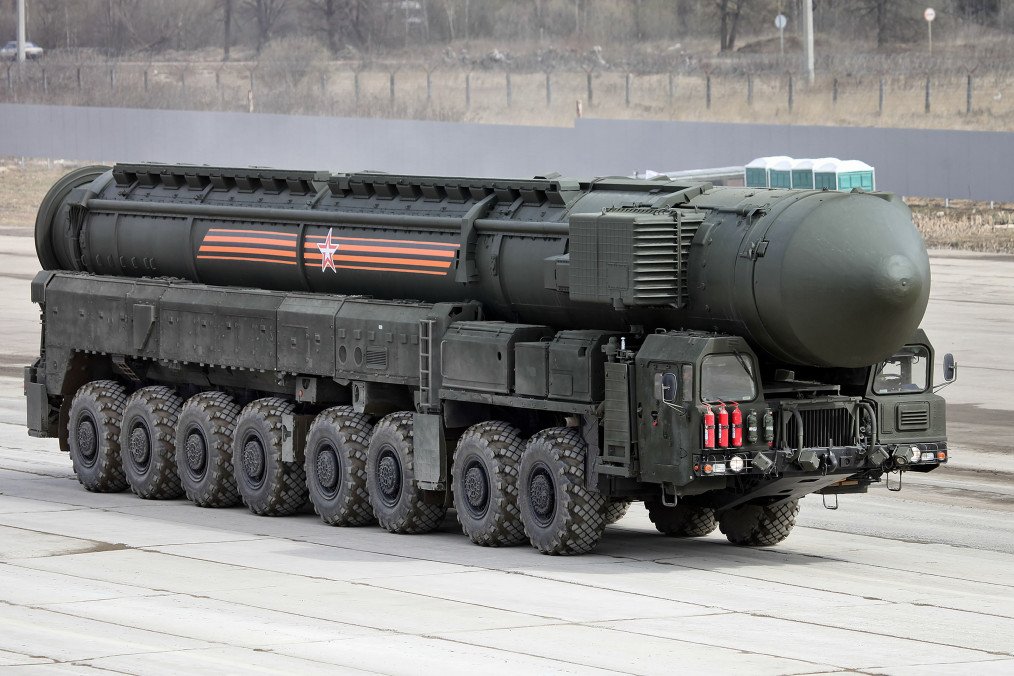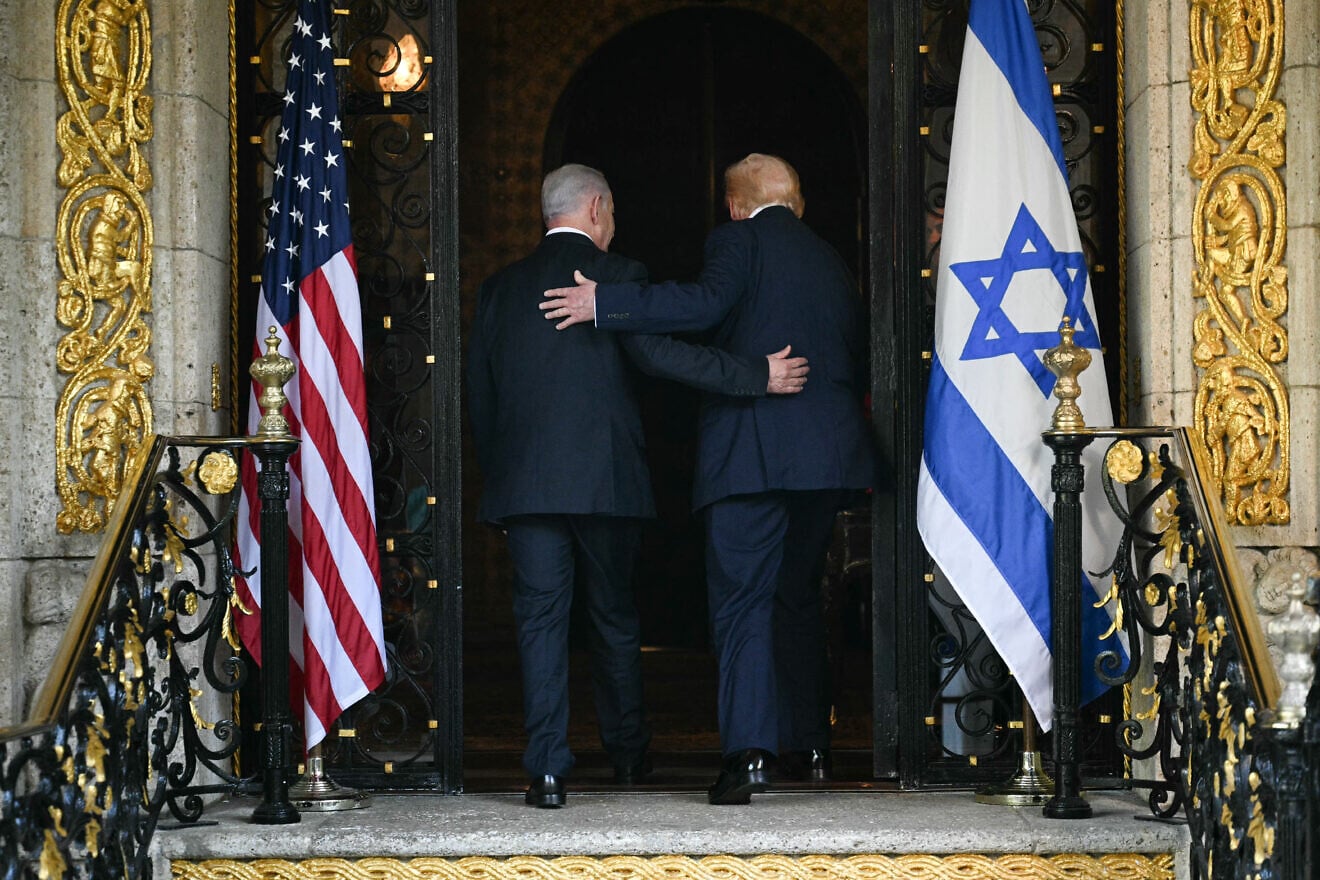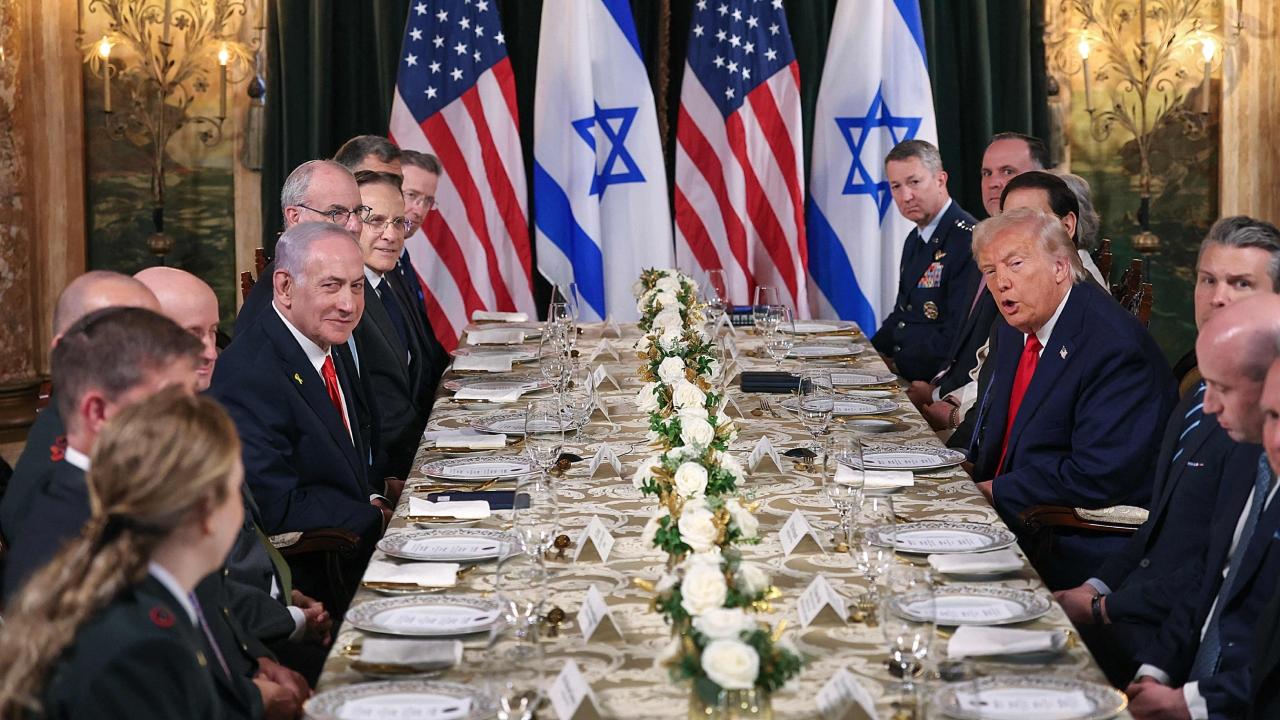All federal child care payments to Minnesota are FROZEN amid daycare 'fraud' scandal as Tim Walz is targeted in huge crackdown
By Sonya Gugliara
Daily Mail
Dec 30, 2025
 Independent journalist Nick Shirley shared video from an apparently empty daycare in Minnesota
Independent journalist Nick Shirley shared video from an apparently empty daycare in Minnesota
The federal government has ceased all child care payments to Minnesota amid the Democratic state's ongoing daycare fraud scandal.
Deputy
Secretary of Health and Human Services (HHS) Jim O'Neill announced on
Thursday that funding has been frozen and demanded that Governor Tim
Walz audit the centers allegedly involved.
'We have turned off the money spigot and we are finding the fraud,' O'Neill declared in his statement.
The move from the Administration for
Children and Families (ACF), the HHS division that oversees child care,
comes after independent journalist Nick Shirley shared footage of an apparently empty Minnesota daycare.
The facility has reportedly received millions in taxpayer funds, leading Shirley to claim that Minnesota has allowed for the 'largest fraud in US history' to go unchecked.
'You
have probably read the serious allegations that the state of Minnesota
has funneled millions of taxpayer dollars to fraudulent daycares across
Minnesota over the past decade,' O'Neill wrote.
O'Neill
said he has activated the 'spend defend system for all ACF payments,'
meaning that all payments going forward across the country will require
proof and reasoning before the money is allocated.
He
added that he and ACF Assistant Secretary Alex Adams have identified
the people involved in the scheme that Shirley allegedly unveiled.
The HHS has demanded that Governor Tim Walz audit the centers allegedly involved in the fraud scandal
In another effort to combat money
funneling under the guise of childcare, a 'fraud-reporting' hotline and
email address have been set up.
'Whether you are a parent, provider, or member of the general public, we want to hear from you,' O'Neill wrote.
Walz said in response that the action was just part of Trump's plan to hurt innocent people and blame Democrats.
'This
is Trump’s long game. We’ve spent years cracking down on fraudsters.
It’s a serious issue - but this has been his plan all along,' Walz
said.
'He’s politicizing the issue to defund programs that help Minnesotans.'
The
Minneapolis facility that Shirley highlighted notably featured a
misspelled sign, which the business named Quality 'Learing' Center
instead of Quality 'Learning' Center.
Despite reportedly receiving $4 million in federal funding through Minnesota's Child Care Assistance Program (CCAP), Shirley noted that no children were in sight.
Politicians have since expressed outrage with Walz's seemingly lax handling of the alleged illegal activity.
'Fraud is easy to find - if you’re willing to look for it,' Gubernatorial candidate Lisa Demuth said.
'Many
of these seemingly vacant businesses have been cited by the Walz admin
for licensing violations, which should have made it easy to catch and
stop millions from being stolen.'
State
Representative Tom Emmer has also criticized the Walz administration,
writing on X: 'Four million dollars of hard-earned tax dollars going to
an education center that can't even spell learning correctly. Care to
explain this one, Tim Walz?'
Footage of the facility, featuring a misspelled sign as 'Quality Learing Center', sparked outrage among lawmakers
Following Shirley's bombshell video, which
garnered more than 65 million views in just two days, the business in
question appeared to be 'trucking in' kids, the New York Post observed
on Monday.
While locals admitted they
thought the center was closed because they had never seen children
there, more than a dozen alleged daycare attendees were ushered into the
facility.
'We've never seen kids go in there until today,' one nearby resident told the NY Post.
'That parking lot is empty all the time, and I was under the impression that place is permanently closed.'
The
skepticism prompted Ibrahim Ali, the son of the facility's owner, to
hit back, asking: 'Do you go to a coffee shop at 11 pm and say, "Hey,
they're not working?"'
He argued that when Shirley arrived and began filming the nearly deserted facility, it had not yet opened for the day.
Ali also attempted to shift blame for the incorrect 'learing' sign, accusing a graphic designer of making a spelling mistake.
'What
I understand is [the owners] dealt with a graphic designer. He did it
incorrectly. I guess they didn't think it was a big issue,' the
26-year-old said.
'That's gonna be fixed.'
The center claims its opening hours are 2 pm to 10 pm, Monday to Thursday.
Despite
Shirley's accusations, Minnesota Department of Children, Youth and
Families Commissioner Tikki Brown said the facilities mentioned in
Shirley's video had been inspected in the past six months.
She said in all cases, children were present when authorities arrived to conduct their searches.
The
frenzy surrounding Shirley's video comes as several major fraud
schemes, largely involving people of Somali descent, are being
investigated across the state.
Among them is the largest COVID-era fraud plot, which involved the federally funded nonprofit group Feeding Our Future.
At least 78 people - 72 of whom are Somali - have been charged in connection with the illicit operation.
According to the Department of Justice (DOJ),
the culprits exploited the organization, claiming to have served more
than 91 million meals to kids in need - but not a single plate went to
the cause.
More than $250 million was
stolen from April 2020 through the nonprofit's disestablishment in
January 2022, with only about $75 million recovered to date.
The FBI is helping to investigate, and ICE agents descended on Minnesota on Monday
Minnesota
Department of Children, Youth and Families Commissioner Tikki Brown
said the facilities mentioned in Shirley's video had been inspected in
the past six months
In the
Feeding Our Future case, 57 people have been convicted, 13 are awaiting
trial, two have been acquitted - although one was convicted in a related
juror bribery case - five remain on the run and one is dead.
Eight
other individuals were charged in September for their alleged
involvement in one case involving the federally funded health care
benefits from the state's Housing Stability Services Program.
At
least one woman has been charged in an autism program fraud scheme.
Federal prosecutors have said that there are more arrests to come.
Acting
US Attorney Joseph Thompson said at the time: 'To be clear, this is not
an isolated scheme. From Feeding Our Future to Housing Stabilization
Services and now Autism Services, these massive fraud schemes form a web
that has stolen billions of dollars in taxpayer money.
'Each case we bring exposes another strand of this network. The challenge is immense, but our work continues.'
Of the three cases noted above, 90 percent of those charged have been of Somali descent.
In the wake of the fraud, Donald Trump has unleashed sweeping ICE raids in Minnesota targeting illegal aliens from Somalia.
There are about 260,000 Somali's living in the US, roughly 84,000 of them live in Minnesota's Minneapolis-St Paul area.
The
Associated Press reported that 58 percent of Somalis in the US were
born in the country, and that 87 percent of those who are foreign-born
are naturalized citizens.


































